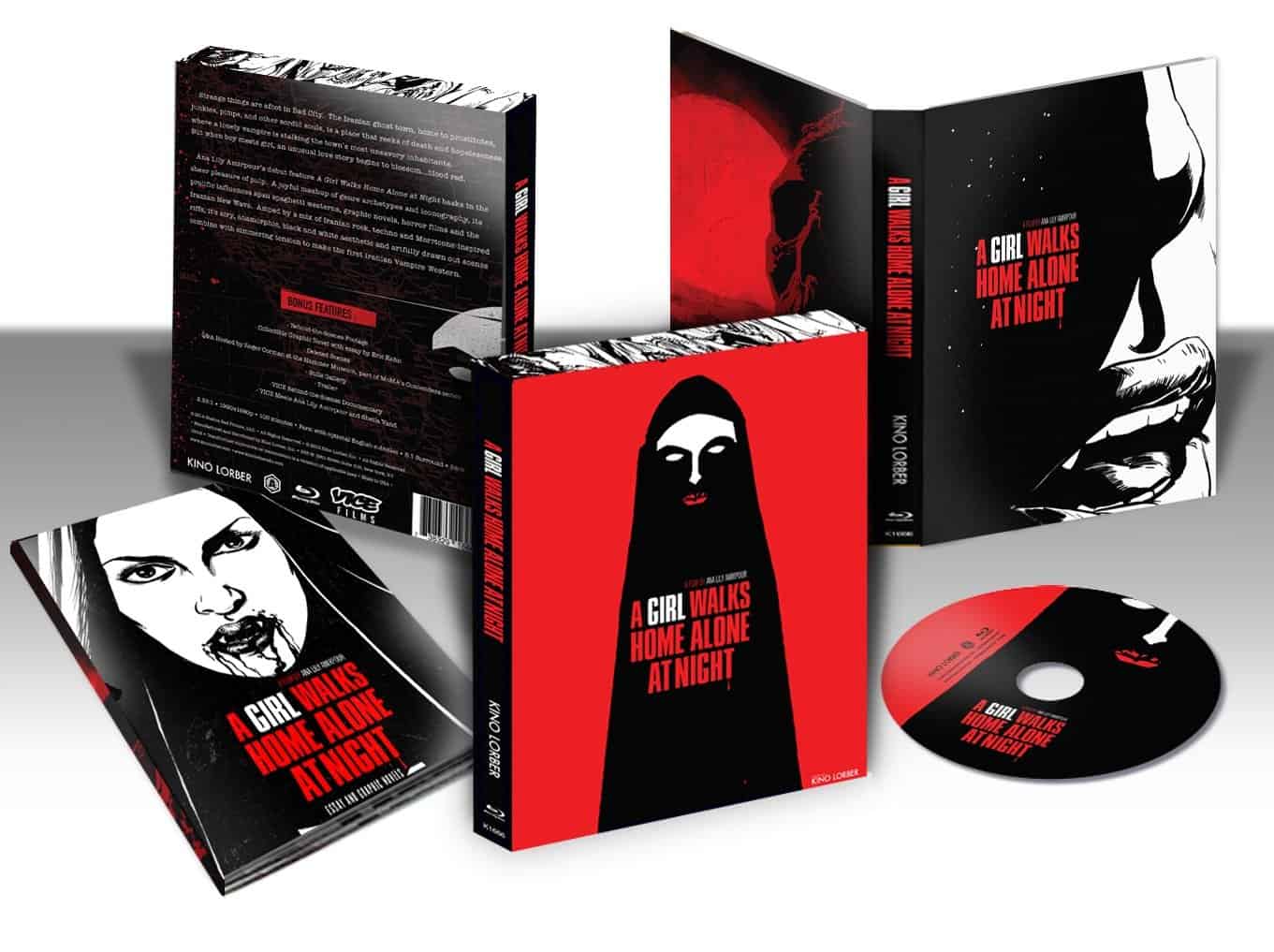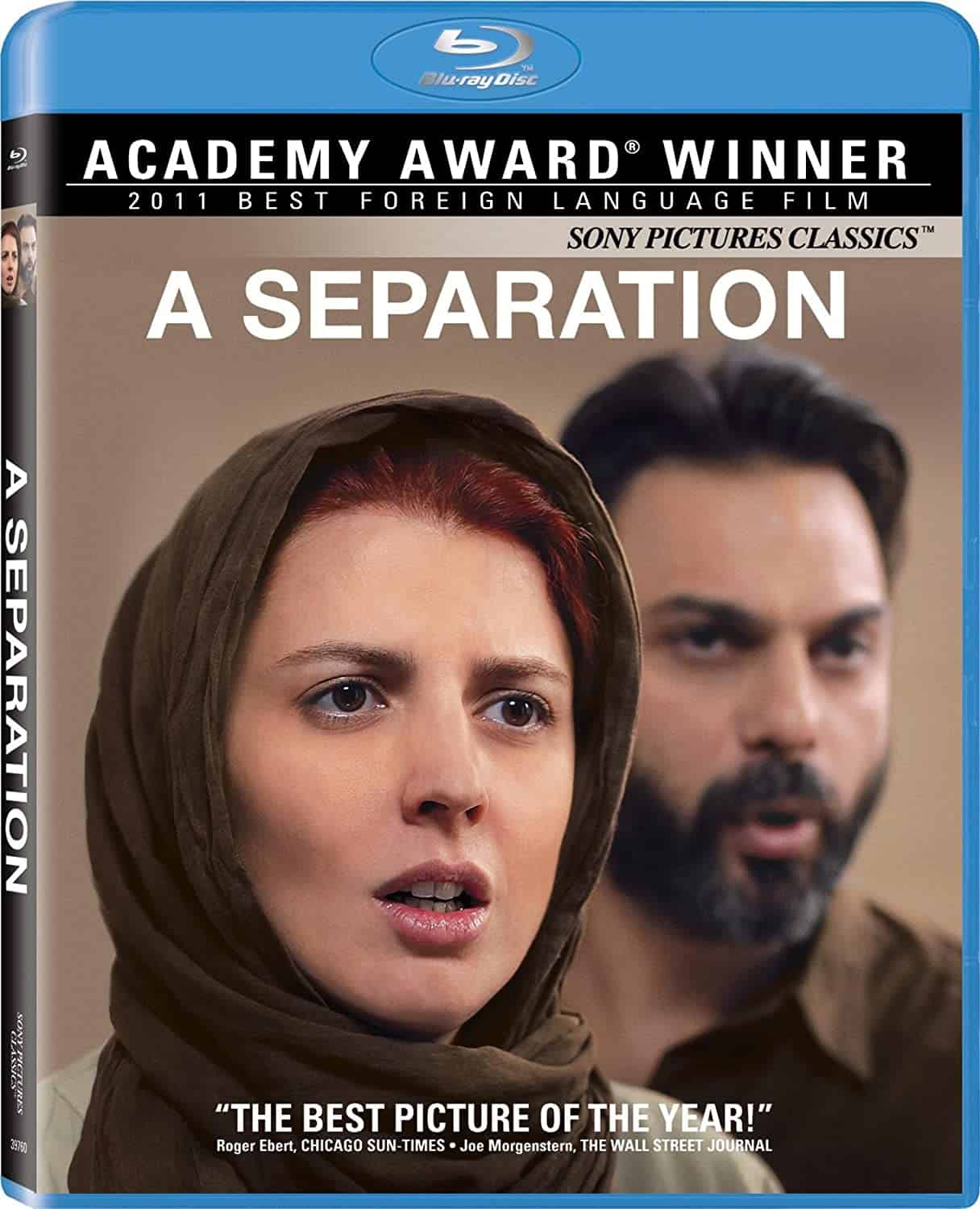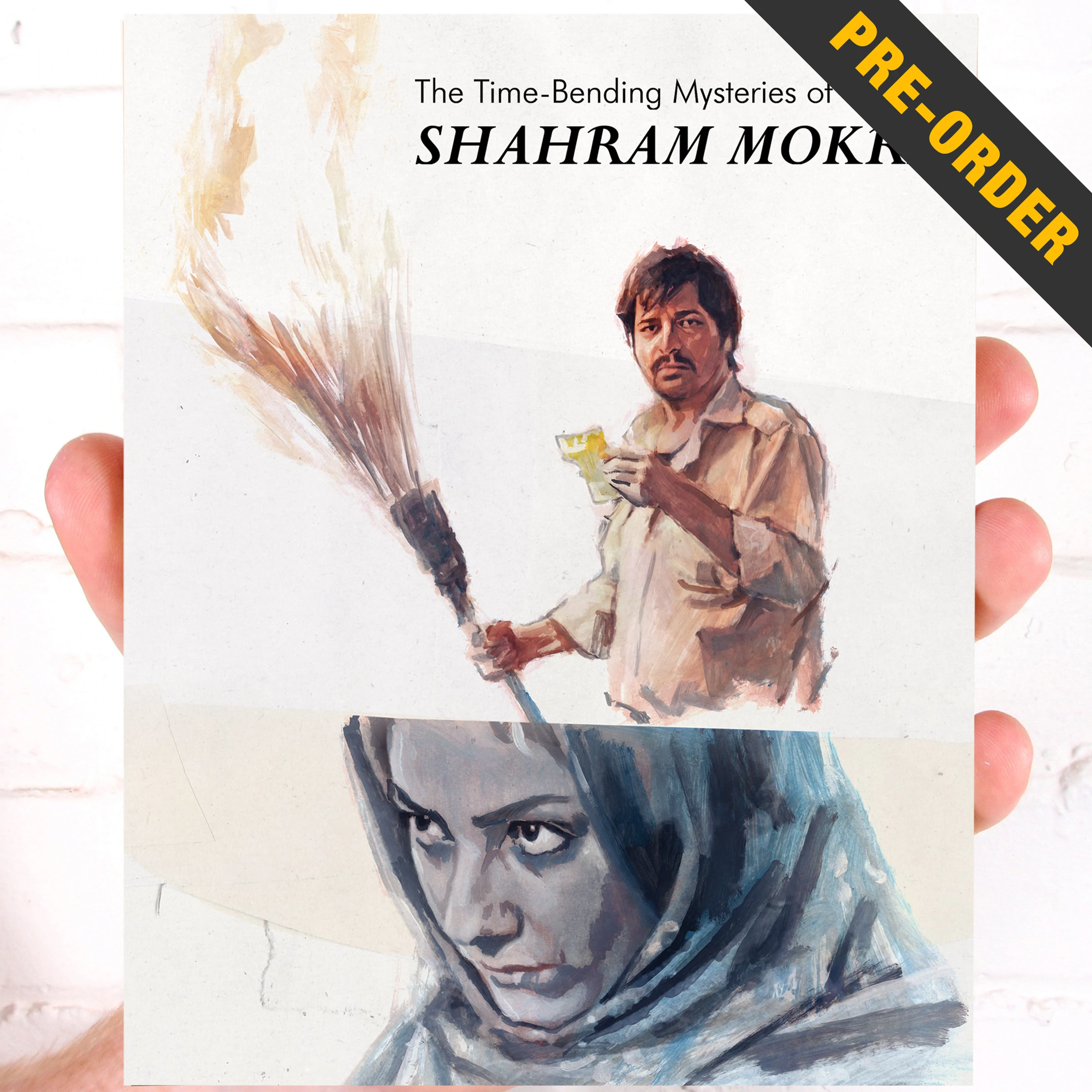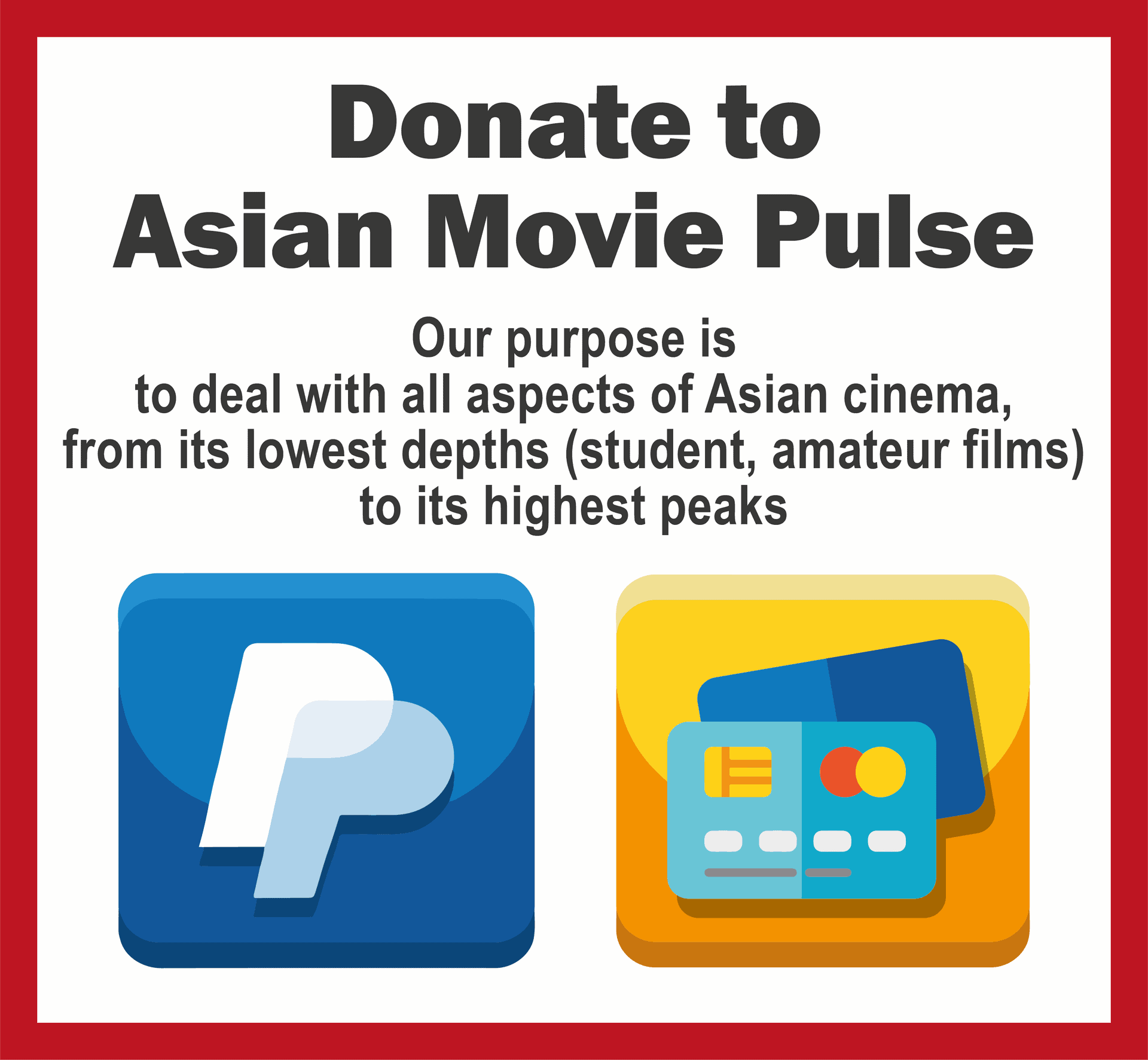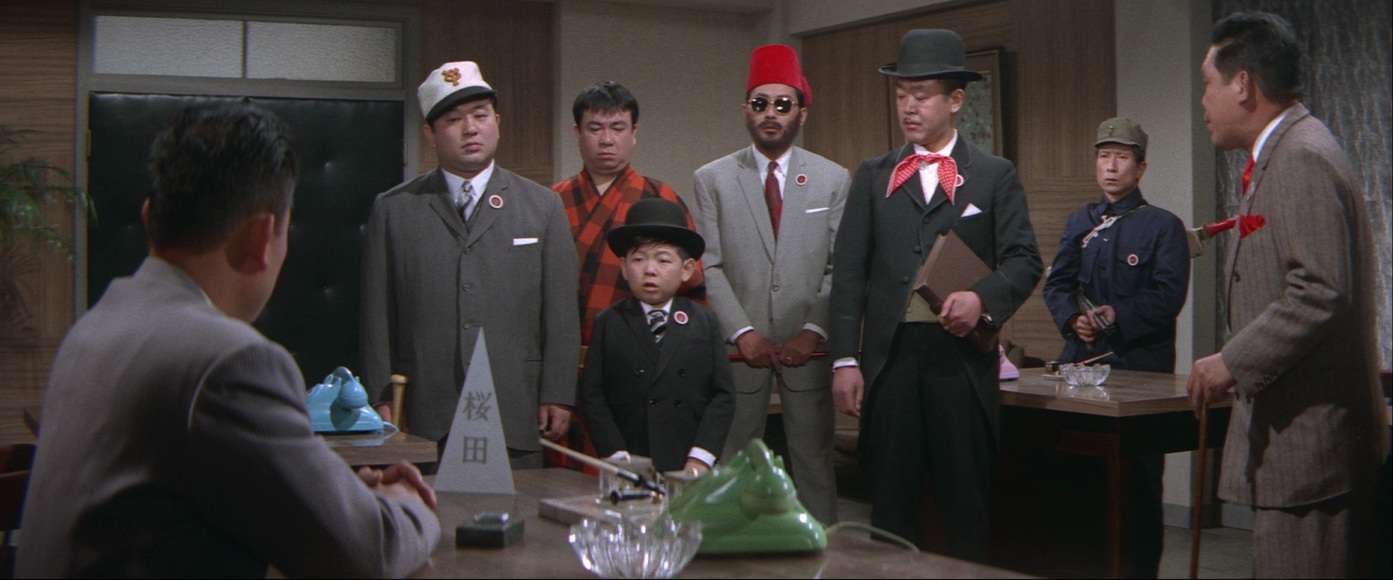The news of the arrest of Jafar Panahi, Mostafa Al-Ahmad and Mohammad Rasoulof last week came to cement the oppressive tactics of the current Iranian regime, with the industry now being in more fear than ever for more incarcerations. At the same time, and despite these issues and the whole censorship that dominates all aspects of life, the Iranian movie industry remains rather vibrant, still one of the biggest in the world, with hundreds of movies produced every year. In a homage to both the arrested and the industry, we present 25 Iranian movies, released post-2010, in alphabetical order.
1. 180° Rule (2020) by Farnoosh Samadi
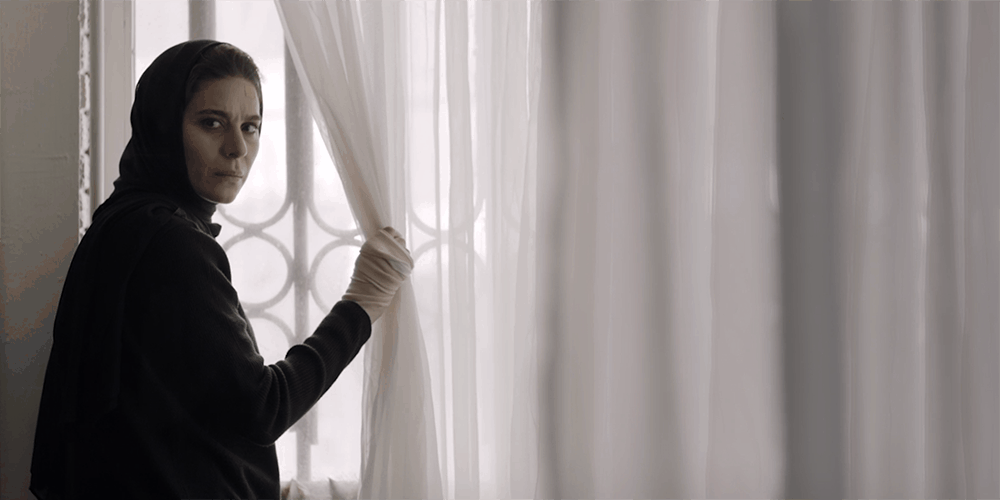
Based on real events, Samadi’s first feature film after 3 increasingly successful short ones, is not an easy work. It’s highly dramatic and is a real punch in the guts; we assist, unable to intervene, to a self-destructive behaviour that appears fool to say the least. However, although Sarah is not defending herself or reacting to the violent treatment received, she is making a strong statement with her silence. At the core of the whole story and of the Iranian society, there is a fear that imbues the fabric of the society, a fear that women experience all their life. Sarah’s choice to stay silent is a sort of passive aggressive “J’Accuse!”; it’s like screaming that – sadly – there is no point or use in talking action. This is a fatalistic, devastating tale of an impossible atonement; in a world where there is no expiation and redemption, Sarah has no voice. (Adriana Rosati)
2. 24 Frames (2017) by Abbas Kiarostami

Perhaps one of the best ways to experience and appreciate “24 Frames” lies within the realization of the intuitive qualities of each image. In many ways, “24” Frames” may just be the logical next step from films like “Shirin” as it consists of a simple premise, but taps into the emotional intellect of the viewer. One of the frames, for example, shows a group of sheep standing underneath a tree on a snowy landscape while a dog watches close by. Meanwhile, the sound of wolves howling predicts a sense of danger, an urgent need to seek shelter amidst the large herd. The simplicity of the images, the sparse movement and the careful use of sound creates a feeling of unease, but also makes one appreciate the depiction of company, of protection and a sense of being cared for. While one could analyze the various layers of the image, the simplicity of the image is rather inviting a viewer to contemplate on the scene, the nature of the actions and, most importantly of all, the concept of time. (Rouven Linnarz)

3. A Girl Walks Home Alone at Night (2014) by Ana Lily Amirpour
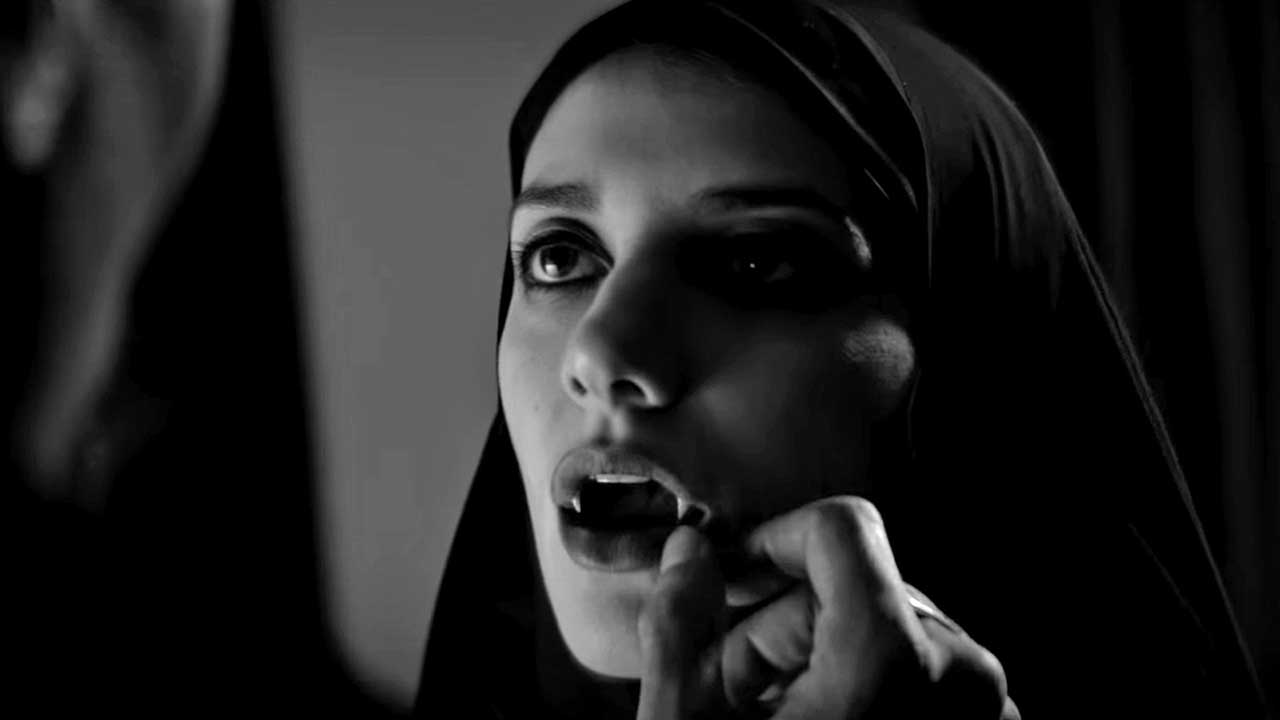
This black and white film is nothing you expect from Iranian cinema if you are familiar with the works of Kiarostami or Farhadi. Made in Farsi, produced with US money, directed and scripted by a British-born American-Iranian director, is nothing you might anticipate from diaspora cinema as well. Ana Lily Amirpour described her movie as a trance vampiric spaghetti western and it pretty much sums it up. It is an oneiric crazy fantasy happening in a fictional Bad City full of prostitutes, drug dealers, and drug addicts. And vampirism is a way to address female empowerment, dark desires, and being an outsider. (Joanna Konczak)
4. A Man of Integrity (2017) by Mohammad Rasoulof
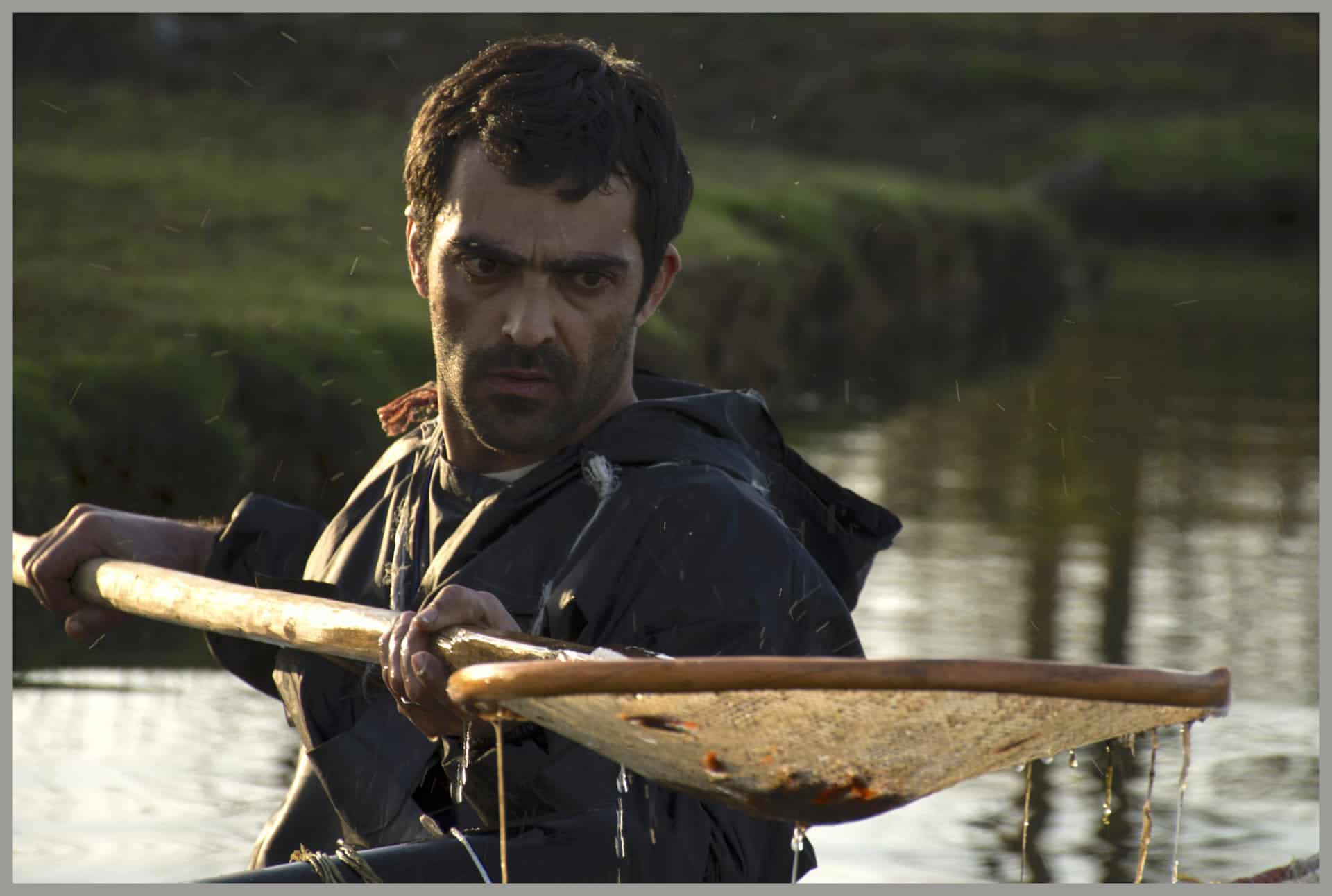
The protagonist of the film tries hard to live a life in dignity. But corruption follows him to the countryside where he wants simple to breed his fish. Once again, Mohammad Rasoulof tells a story of dependencies and of a strict social structure that makes it nearly impossible for the individual to follow his own convictions. (Teresa Vena)
5. A Separation (2011) by Asghar Farhadi
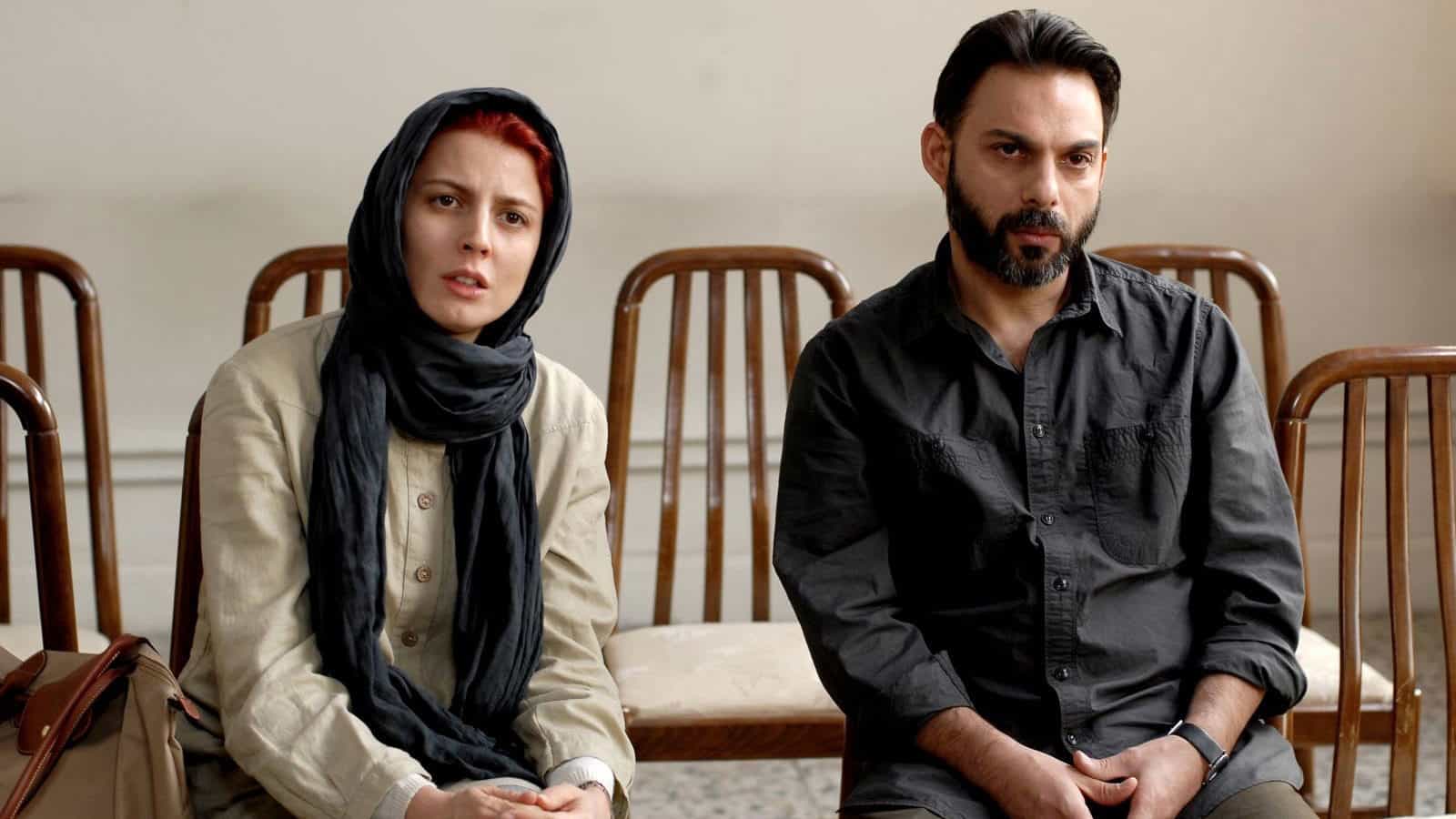
All in all, Asghar Farhadi’s quintessential slice of life drama pleases with award-winning performances by its leads Leila Hatami and Payman Maadi. Adding to that a script that not only informs but inspires (nominated for an Oscar for Best Original script, in the process) and you got yourself a powerful and thought-provoking piece that should be essential viewing for everyone hoping to make the world a little better. (Leon Overee)
6. Asho (2019) by Jafar Najafi
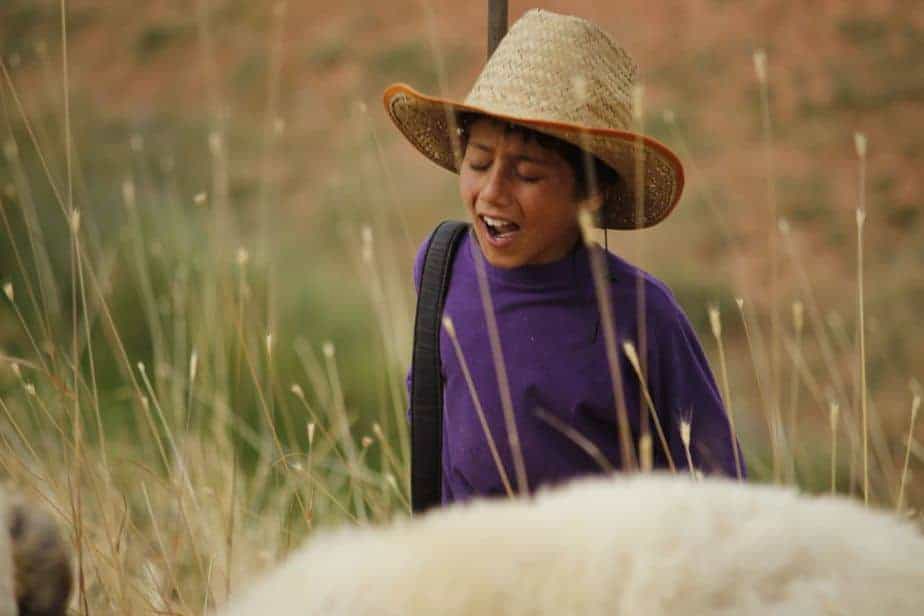
The most obvious trait of “Asho” is that the film is hilarious. The fact that the boy already conducts himself like a superstar, the insults to the director, and that the two children, in essence, act like grown up husband and wife (whining, jealousy and fighting included) are bound to make the viewer laugh. Furthermore, Asho is a definite star in the making, with his attitude in front of the camera being one of a distinct show-off, and not bound by any kind of shyness.
7. Careless Crime (2020) by Shahram Mokri
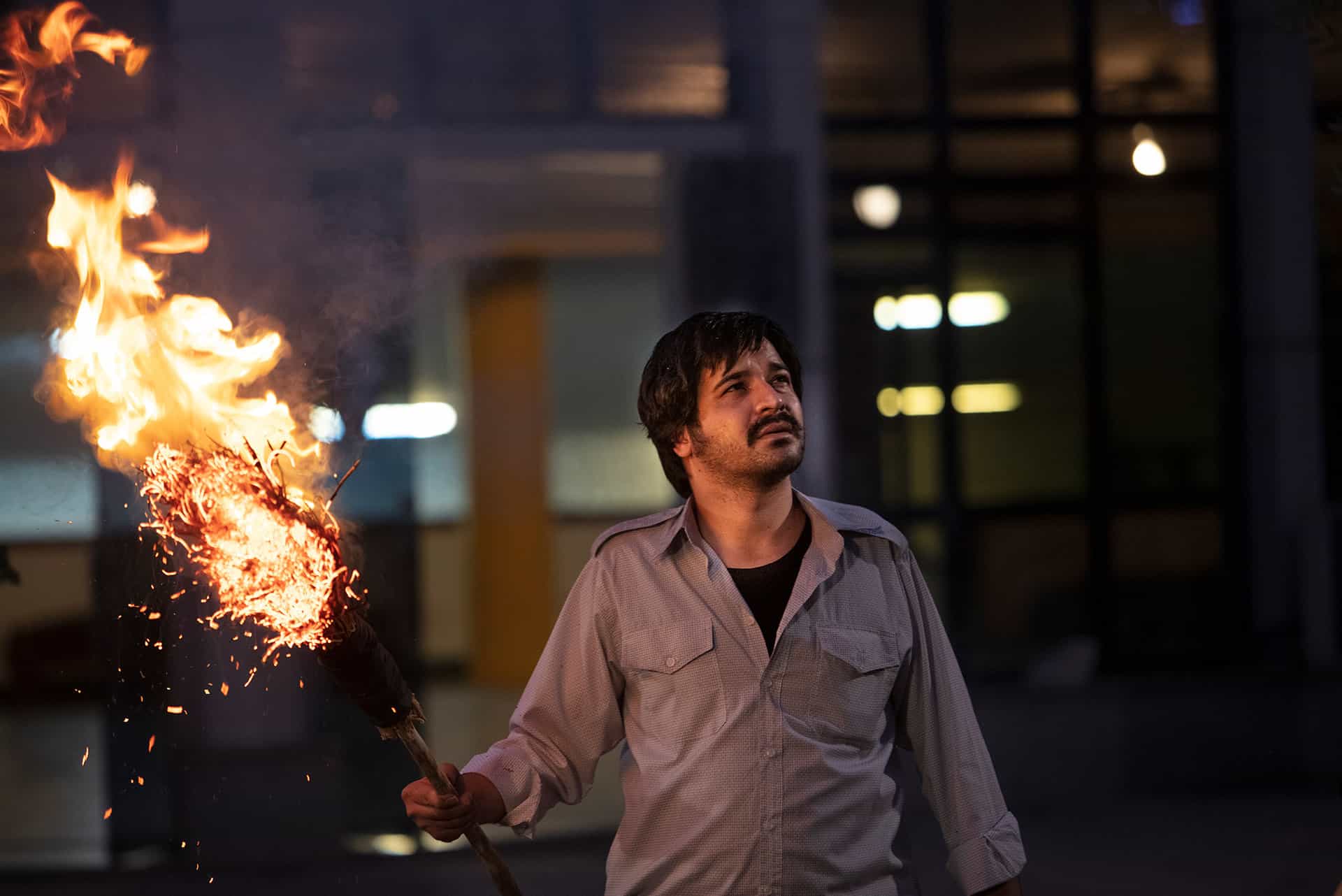
As mentioned before, “Careless Crime” is not a retelling of a historic event, but rather a meditation on the power of cinematic storytelling and how you have to deal with such a tragedy, its broader context and how it reflects modern-day Iran. The script, which was written by Mokri and co-author Nasim Ahamdpour, follows a non-linear approach, a risky, but eventually quite interesting narrative concept which follows various incidents, characters and groups as well as what is essentially a movie within a movie with the story revolving around the three soldiers. (Rouven Linnarz)
Buy This Title
from Vinegar Syndrome
8. Hit the Road (2021) by Panah Panahi
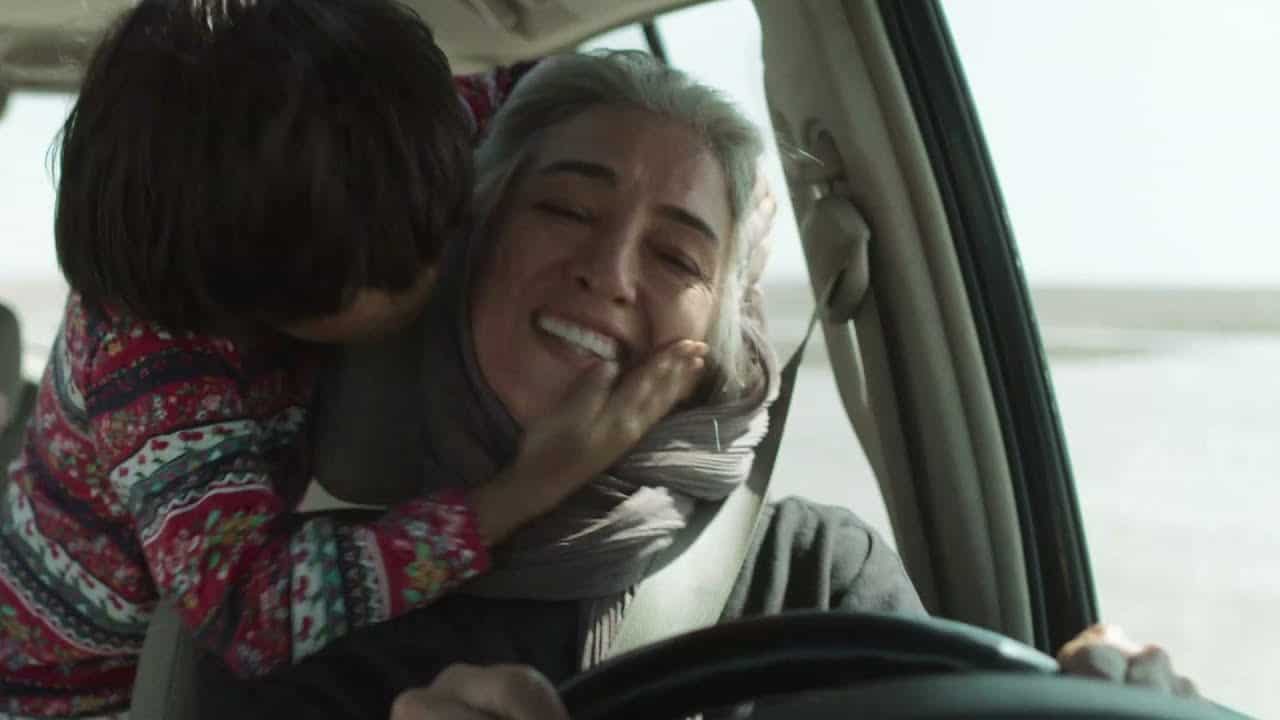
Panahi directs his first feature with style and elegance, channeling the energy and the hypnotic feeling of the masters of his father’s generation of Iranian filmmakers. Some of the scenes he carefully sets and shoots are a prime example of visual poetry, some others feel a notch too staged, but for a good reason. At one point, he even takes a trip out of the realistic realm, but he keeps his film grounded in for the rest of the film. (Marko Stojiljković)
9. Holy Spider (2022) by Ali Abbasi
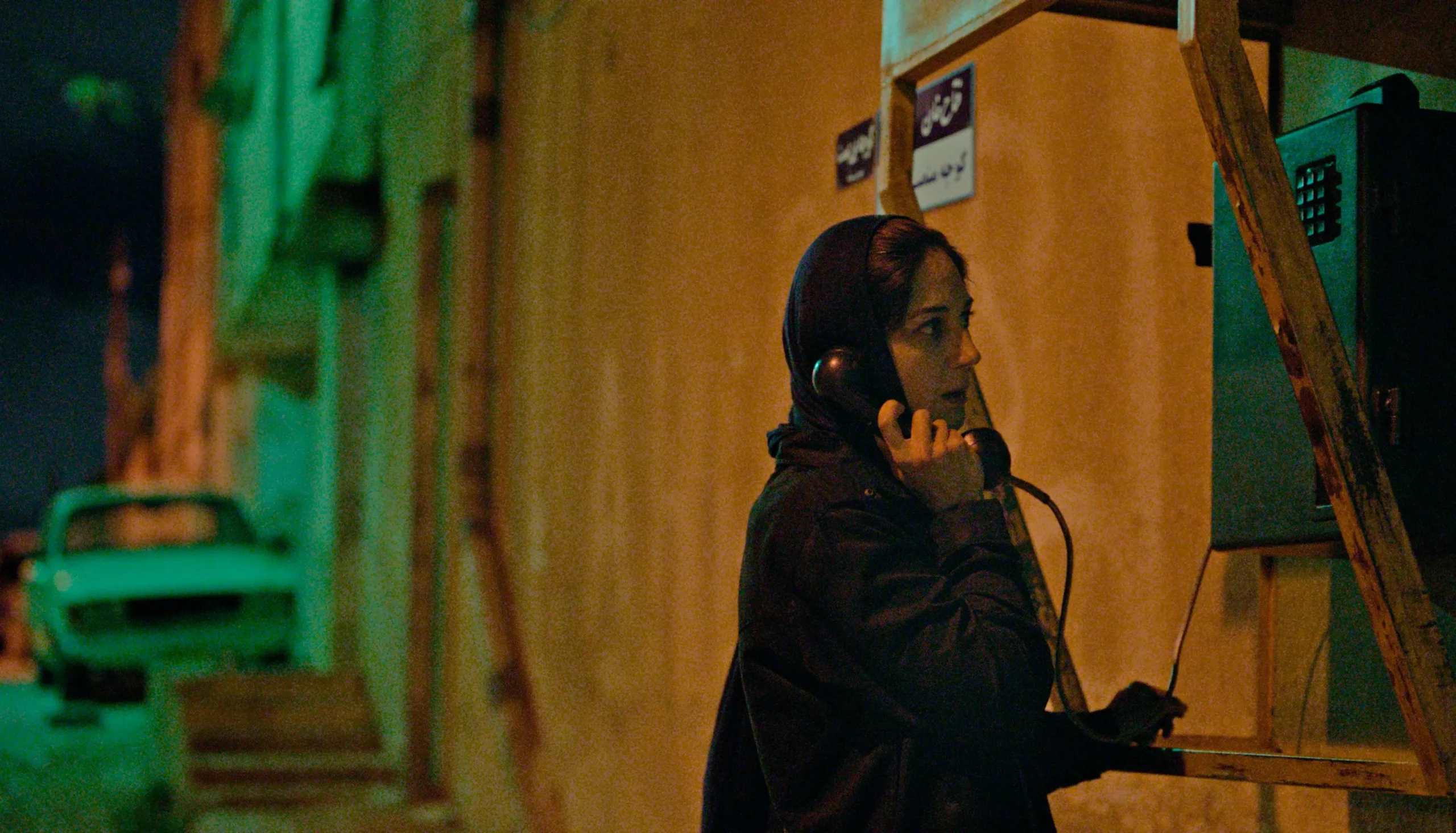
The film is about the rise and fall of the Iranian serial killer Saeed Hanaei (played by Mehdi Bajestani) who brutaly murdered 16 prostitutes in the holy city of Mashhad between 2000-2001 and who – instead of being publicly condemned for his bestiality, found huge following across the country (although later executed for his crimes). Since it contains several elements that are regarded as taboo by the Iranian censors – prostitution, drug abuse and depiction of sex – the film had to be shot in its entirety in Amman, Jordan. Abbasi’s motive to make a film about Hanaei came from his urge to tackle the topic of the deeply rooted misogynism in his homeland. His portrait of women pushed into prostitution, even if they are never long enough on the screen to dominate it, is heartbreakingly honest and full of empathy. Dark, rusty photography by Nadim Carlsen, the cinematographer who was also responsible for the impressive look of “Border” (and Isabella Eklöf’s “Holiday”) presents the milieu of those left out to themselves in true, uncompromised colors, and the whole cast – from extras to the leads, excels in their roles. (Marina Richter)
10. Khatemeh (2020) by Hadi Zarei and Mehdi Zarei
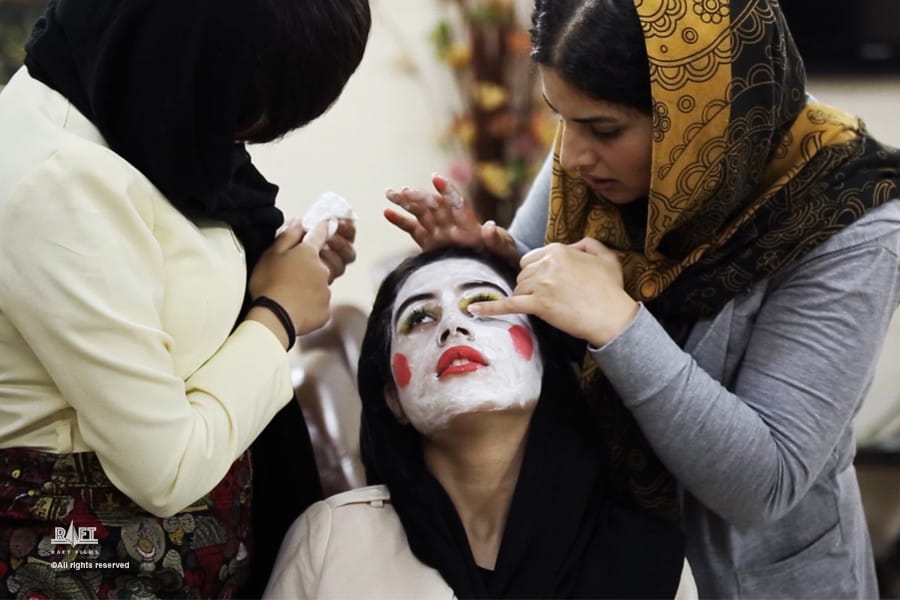
The two directors show intense bravery in capturing all that is happening, coming up with a movie where tension starts from the beginning and never actually seizes. The fact that they manage to portray all the perspectives of the case, including Khatemeh’s, her family’s, her husband’s and of the social workers presents the whole story in the best way, while the conclusions are strictly left to the viewer. The editing is excellent, inducing the film with a rather fast pace that works quite well for the presentation, and actually makes the 90 minutes of the duration seem much less. (Panos Kotzathanasis)



